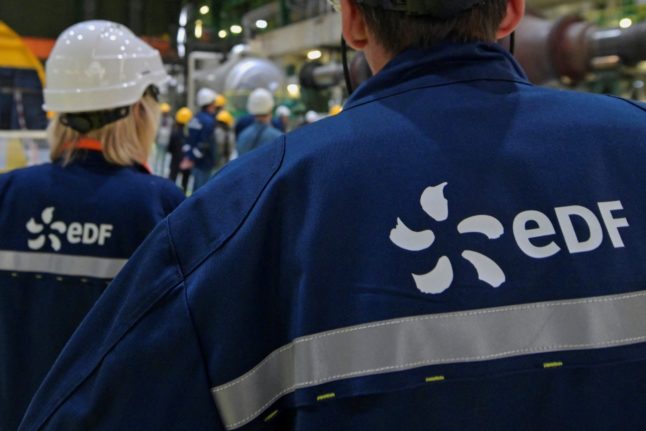High energy exports in the last 12 months, low filling levels in Norwegian reservoirs and an uncertain energy situation around Europe have led to soaring electricity prices in southern Norway.
Last year the government introduced a scheme whereby it covers 80 percent of consumers’ energy bills where the price rose above 70 øre/kWh. The portion of the bill under 70 øre is paid in full by households. The portion the government covers will increase to 90 percent in October.
Critics have argued that the current scheme still leaves households struggling with their bills. As a result, Norway’s government has said it is mulling its options to curb energy bills.
Norway primarily depends on hydroelectric dams to help it meet its energy needs. Still, reservoirs in southern Norway have been at the lowest level for ten years, public broadcaster NRK reports.
Low reservoir filling over the past year has conceded with record exports with higher prices on the continent, making sending power abroad an enticing proposition.
Recently, exports have fallen significantly, and the government is considering introducing a limit to reduce the possibility of energy rationing being introduced this winter.
“Restrictions on the export of electricity to Europe may be one of the measures that is needed,” Elisabeth Sæther, state secretary at the Ministry of Oil and Energy, told NRK.
Earlier this week, Prime Minister Jonas Gahr Støre ruled out completely shutting off exports to the continent.
“It is a dangerous thought and will not serve us well. It could give us more expensive power and lack of power in given situations. We will hardly be able to import power when we need it without contributing to other countries when they need it. There is a reciprocity in this,” he told the newspaper Aftenposten earlier in the week.
Sæther also told NRK that the government was weighing up putting a maximum price on energy but warned that it could have unforeseen consequences.
“We are afraid that a maximum price means that more water is drawn into the reservoirs, which we need for the winter. It is a serious situation. We must prevent ourselves from getting into a situation where we lack enough power this winter,” she told the broadcaster.
At the end of May, the state-owned Statnett announced that the supply situation in Norway might be under strain – in some scenarios – all the way up to and through the winter, especially if Southern Norway experiences drier than usual weather in the second part of the year.



 Please whitelist us to continue reading.
Please whitelist us to continue reading.
Member comments